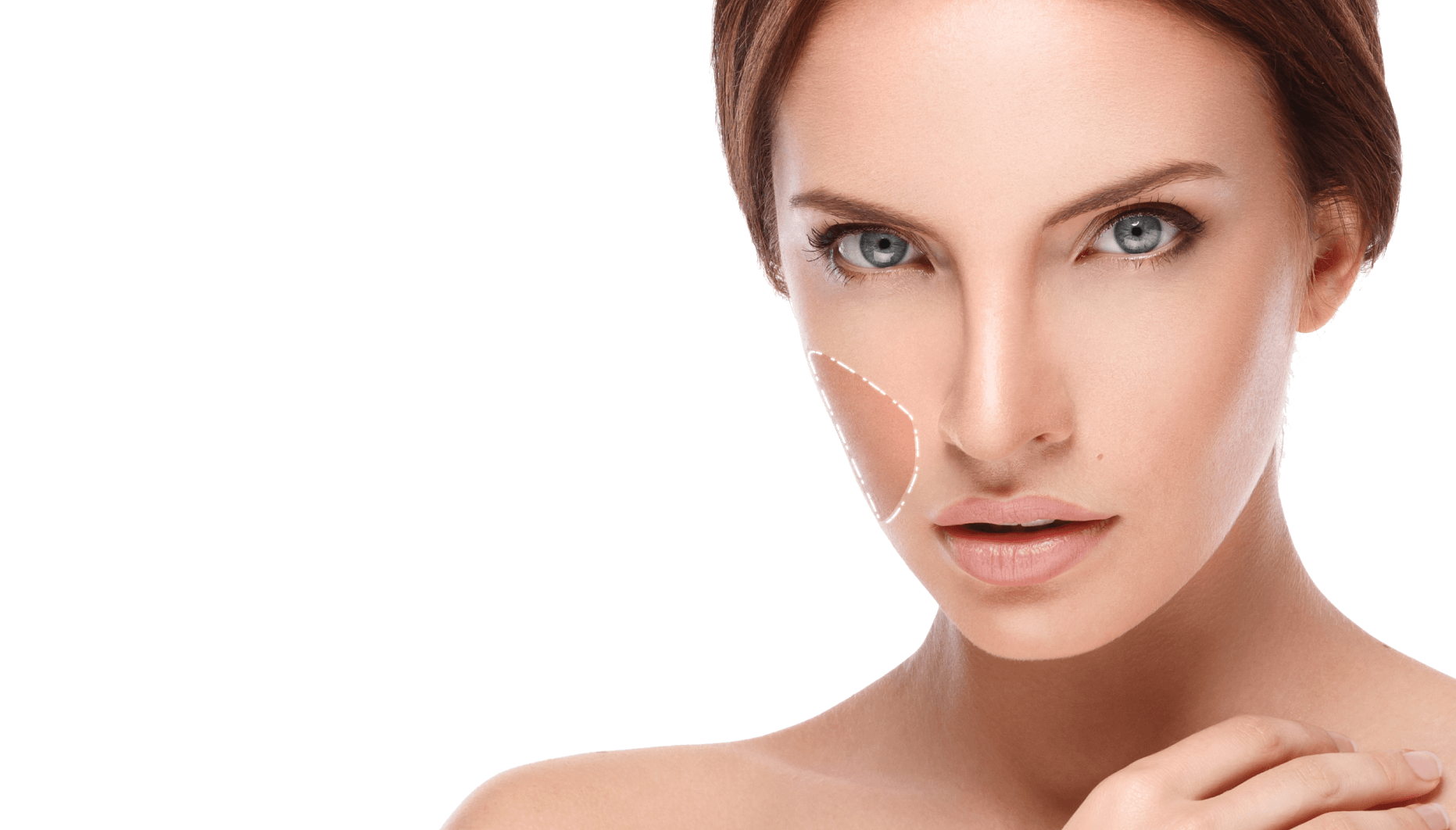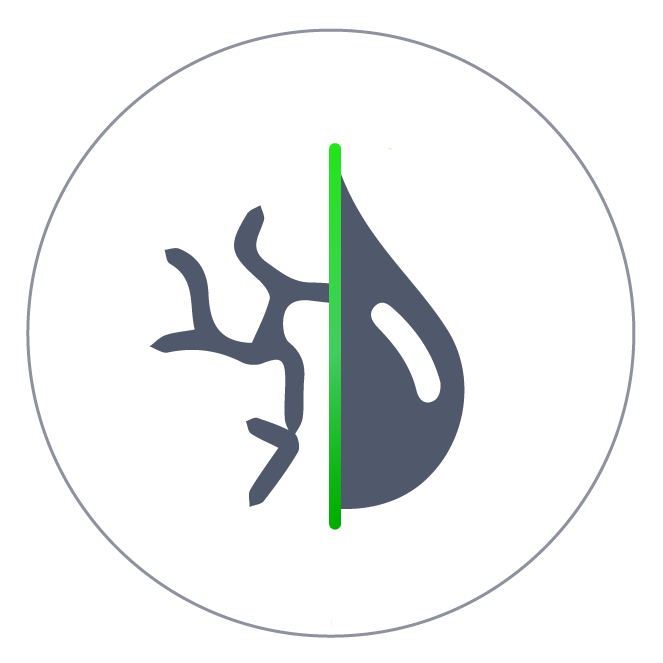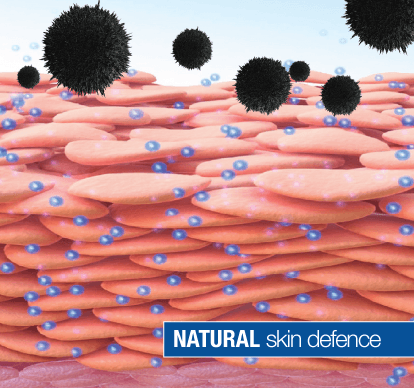-




Learn about Free Radicals and Skin Aging
Free Radical Damage
Scientists now believe that free radicals are causal factors in nearly every known disease, from heart disease to arthritis, cancer to cataracts. In fact, free radicals are a major culprit in the aging process of the skin itself.

Skin Barrier Issues

Skin Textural Issues
Visible signs associated with Free Radical Damage
Did you know?
1 in 2 people
Are genetically predisposed to reduced skin Antioxidant protection.

About this category
About Free Radicals
Are you genetically protected against free radicals?
Research at SkinDNA ™ has shown that the amount of antioxidants in your body is directly proportional to the healthy long term appearance of your skin!
Free radicals are highly reactive short lived molecules that can damage virtually any molecule in our body – including the important cellular structures found in the body’s largest organ – the skin.
What your genetics have to do with it
Not all people have the same amount of these powerful free radical scavengers. A numbers of skin related genetic variations have been found to alter the production of antioxidant protecting molecules, and your SkinDNA™ score is a powerful indication of your body’s genetic Antioxidant abilities.
The Free Radical Cycle

What are Antioxidants
Antioxidants

It’s not all bad news however, because our bodies have been built with a natural defence: Antioxidants. Antioxidants are your true best friends. They’re devices which stop these destructive chain reactions in our bodies.
Research at SkinDNA™ has shown that the amount of antioxidants in your body is directly proportional to the healthy long term appearance of your skin! Antioxidants can also drastically slow some of the physical signs of aging by minimising wrinkles and preserving the skin’s natural “glow’”.
YOUR SKIN’S NATURAL DEFENCE:
We often hear about antioxidants being found in foods like fruits and berries, and dietary supplements like vitamin C, but the world’s most powerful antioxidant…is not in a fruit or berry, it’s found in your very own body!
Superoxide Dismutase and Glutathione peroxidise are two of the most powerful antioxidant molecules available within the human body. The higher the levels the less prone we are to the destructive effects of free radicals.
Background Science
Genes Tested
SkinDNA™ Designated Descriptors
Gene s800559
Superoxide Radical Defence
Protects cells from oxidative damage and is responsible for converting free radicals into less harmful products.
Gene s800572
Glutathione Production
Involved in detoxifying Hydrogen Peroxide compounds via the optimal production of the Glutathione antioxidant. Its defence properties also help to minimize further oxidative damage.
Gene s800977
Pollution Defense
Involved in detoxifying Quinones – environmental pollutants, allowing them to be safely reduced and broken down to water.
Similar to rust appearing on the metal of a car, the oxidation phenomenon causes significant damage and impairment to skin cells.

Free radicals are highly reactive short lived molecules that can damage virtually any molecule in our body – including the important cellular structures found in the body’s largest organ – the skin.
This kind of free radical damage leads to the generation of even more free radicals! It’s a chain reaction that can wreck havoc in every layer of the skin – including the Hypodermis, Dermis and the particularly vulnerable epidermis. This sort of cellular destruction in any one of the skin’s layers can lead to a dull, lifeless, aged complexion. Discoloration, blotchiness, and uneven skin texture are the hallmarks!
“Free radicals are highly reactive short lived molecules that can damage virtually any molecule in our body”
A simple way to demonstrate free radical damage is with an apple. An apple that is exposed to the air will turn brown within a matter of minutes, this is free radical damage. Scientists now believe that free radicals are causal factors in nearly every known disease, from heart disease to arthritis to cancer and cataracts. In fact, free radicals are a major culprit in the aging process itself.
Glossary
Not sure what some words mean?
Free Radicals
Free radicals are highly reactive short lived molecules that can damage virtually any molecule in our body – including the important cellular structures found in the body’s largest organ – the skin.
This kind of free radical damage leads to the generation of even more free radicals. It’s a chain reaction that can wreck havoc in every layer of the skin – including the Hypodermis, Dermis and the particularly vulnerable epidermis!
Glutathione
Glutathione is one of the body’s most important intracellular antioxidants.
Glutathione plays a central role in quenching free radicals and is an important line of defense against diseases, toxins, pollutants and radiation all of which can cause damage to our skin cells.

Copyright 2018. All rights reserved.
Made with [icon name="fa fa-heart" color="#e51b23"] by SkinDNA.
Test Categories
White Label
Contact
